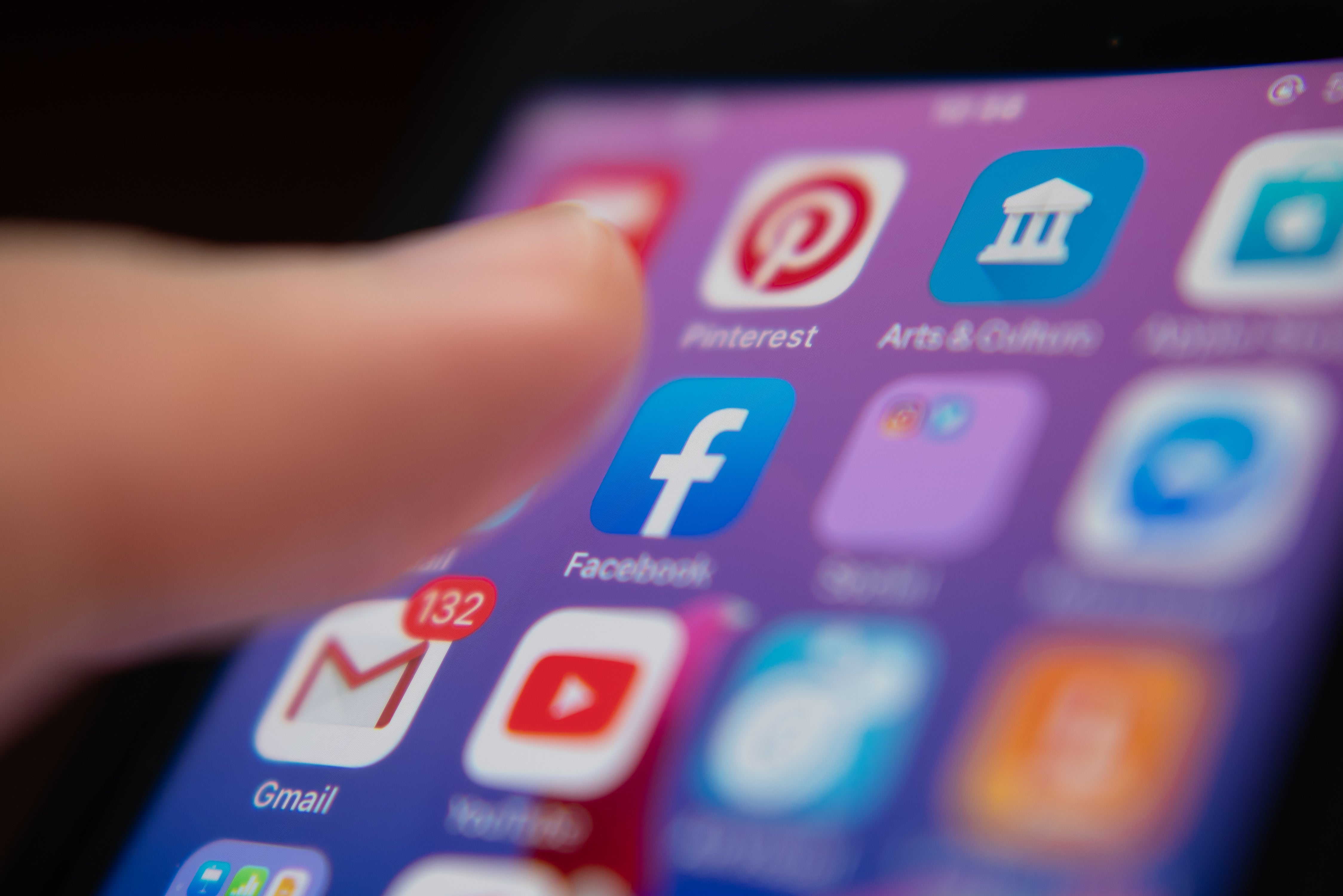Experiencing ‘emotional contagion’ around the conflict in Ukraine? You’re not alone
Like it or not, the way that most people now consume information online means that highly emotive, personalised interpretations of current events will be a default


In 2014, as Russian military forces annexed Crimea and began their military offensives in Donetsk and Luhansk – the first military strike leading to the current invasion of Ukraine – I was thousands of miles away, working in a plush, perspex glass office in central London.
I was in my early twenties, recently graduated and had landed a job working for a wire news agency. My days were spent scouring over reels of raw footage and reports, looking for segments that could then be sold to TV broadcasters and newspapers. Most days, this would have involved watching parliamentary hearings or long, drawn-out press conferences in Brussels. On a good day, it could have included a police car chase or a pop concert.
But, when Russia’s invasion began in March, the following few months were solely focused on watching casualties play out over and over again, deciding how much of the violence western audiences should be exposed to. In those months, I had seen dozens of dismembered body parts, families emerging out of the smoking rubble caused by rocket attacks, and the bloodied faces of civilians staring into cameras, broken and disorientated. To this day, I have not forgotten the piercing cry of children who lost their families in the war – a moment which resulted in an intense panic attack in the office lift.
I have recalled this moment over the past few days, where we have not only watched Russian forces invade Ukraine’s major cities, including Kyiv, its capital – we have also seen the events take over every facet of social media. We’ve seen fashion and gym influencers sharing pastel infographics with recommended hashtags, influencers posting cringe-worthy videos addressing Vladimir Putin, and western consumer brands expressing their solidarity with Ukraine.
Ukrainian president Volodymyr Zelenskyy has been compared, on several occasions, to a Marvel superhero and dubbed “the man your girlfriend is actually fantasising about”, while phrases from the war, such as Ukrainian forces interacting with a Russian warship, have already become hyper-viral memes.
It’s likely that for most people who use social media platforms, their news feeds, timelines and recommended content suggestions are filled to the brim with war-related content. No wonder, then, that outlets like The Huffington Post have thought to publish articles recommending ways to manage the deluge of online content about the war, which range from trusting verified news outlets over random accounts, to logging off and taking a break, or to cry as an emotional release.
Yet, upon publication, the article was berated for a flippant use of terms such as “vicarious trauma”, and seen as broadly indicative of an Anglospheric ignorance – one in which privileged westerners living in liberal democracies insist on centring themselves, believing they are the main character of history.
While I understand the criticism, and do agree that certain therapeutic terms are overused and often overstated, I also believe it’s unfair to suggest that panicked tweets and posts about exhaustion and fatigue regarding current events are solely narcissistic.
Sure, while many people watching the invasion occur over Twitter and TikTok may live far from Ukraine and are of no interest to Putin, recent studies have shown that even relatively minimal levels of exposure to violent, graphic content is associated with real physical effects, such as acute stress and symptoms of post traumatic stress disorder (PTSD), while repetitive exposure to graphic violence can amplify existing mental health imbalances, with effects having long-term impacts on stress management too.
Indeed, this doesn’t just apply to humanitarian catastrophes or conflict in war zones either. Research suggests that exposure to negative media through social media platforms on issues relating to public health or climate change can have similar effects, not least because, as people are inundated with more news than ever before, it becomes more difficult to interpret both the information, and one’s place in relation to it. The result of this abundance of digital content, in my view, is that it becomes extremely easy to both overestimate and underestimate your proximity to current events, while also having the knock-on effect of feeling powerless to respond appropriately.
To keep up to speed with all the latest opinions and comment, sign up to our free weekly Voices Dispatches newsletter by clicking here
In part, this might have to do with the participatory nature of platforms, where likes and shares are considered to be forms of awareness-raising activism, or, where certain users – especially those with large follower counts – are expected to give statements on international events far beyond their interests or remits.
At the same time, some blame should be placed on digital news outlets themselves, many of which have reported on the conflict in ways that optimise their visibility on platforms through exploiting the anxieties and vulnerabilities of readers, by suggesting, for example, that the conflict in Ukraine might pose an immediate and imminent threat to the UK.
It’s not to say that users shouldn’t be more conscious of the ways information is presented on social media, but rather, that the constant demand for content by tech platforms and the system of hyper-personalisation in which they operate will inevitably result in the stories that evoke fear and anxiety breaking through into mainstream discourse, even if it’s highly unlikely that they ever materialise.
Perhaps the people who post about “living through World War Three” online know this too, but it makes sense that if dominant systems of consuming and distributing information are hyper-personalising very real trauma and suffering by their very design, that people interpreting this abundance of confusing information may relate to what they see on a deeply emotional level.
In fact, as even Facebook’s own psychologists have noted, viral content published on tech platforms is the result of emotion-driven sharing, and users relating and understanding the emotions of the person sharing content with them – a process that has since been referred to as “emotional contagion”.
Like it or not, the way that most people now consume information online means that highly emotive, personalised interpretations of current events will be a default. But, perhaps, instead of berating and publicly shaming those who post naive takes, there might be a more productive solution. Perhaps those feeling lost in the sea of digital information and powerless in the face of cataclysmic events, could pour their efforts into more empowering action, such as social organising, activist movements, helping charitable organisations or even trying to improve their local community.
Indeed, at times when things feel bleak and helpless, such efforts are a reminder that a better future can exist – one that everyone can benefit from.
Join our commenting forum
Join thought-provoking conversations, follow other Independent readers and see their replies
Comments